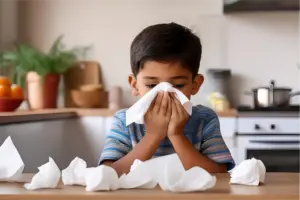
Different international models of ‘Out of Hospital’ treatment would bring about major changes in the same by introducing aspects of accessibility and more efficiency in delivering medical services into the health care sector of India. Such modern techniques would reinterpret primary as well as secondary care, remote health consultation, and home-based healthcare into their act, so reconnecting conventional paradigms of patient care.
Prevention of hospital overpopulation, availability to expert treatment in rural environments, and the eradication of chronic diseases constitute the other inspiring factors. Such a change would allow medical professionals to offer more individualized treatments in several spheres of patient care from hospitals to community and home settings.
A doctor can view patients from far distances; telemedicine systems are another example. It guarantees that people living in underprivileged or far-off areas receive quick medical advice and helps to save the necessity for a physical visit.
Home care is growing in this case a patient is always kept at home. For the elderly population and for individuals with chronic diseases, this type of treatment would be ideal; it reduces hospital readmission and promotes excellent care with a healthy status by means of continuous check-up and assistance.
Some of the other conditions that would otherwise overwhelm the emergency rooms are directly addressed by the urgent care centers and day-care facility, therefore freeing the major hospitals to focus on especially those most severe situations.
Out of Hospital care models, which are highly accessible and efficient proactive actions for the patient-centric services in the Indian healthcare front, promise to create better health outcomes along with superior quality in the patient care in this country.








